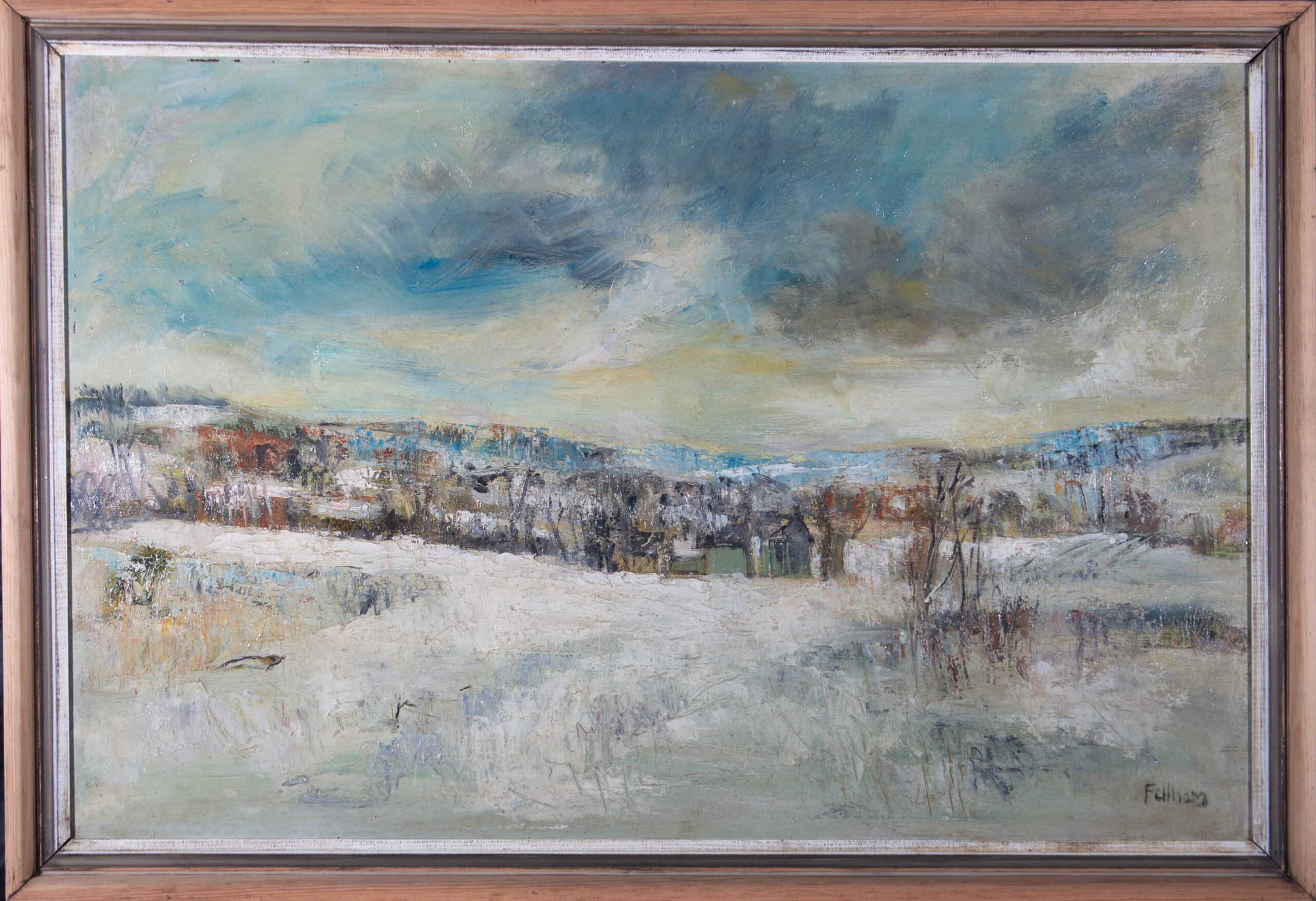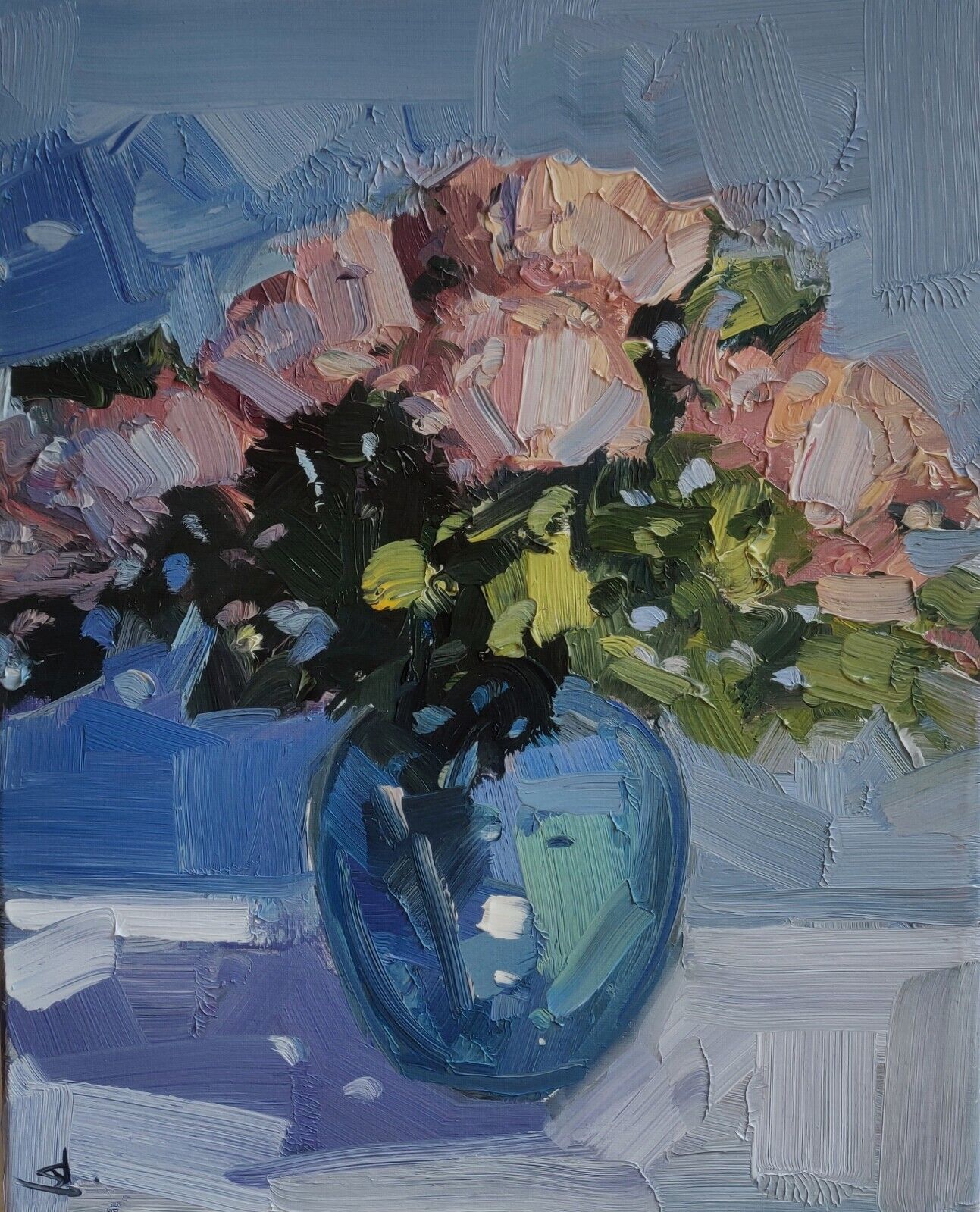Antiques Trade Talks – Amy Kent of eBay
 Amy Kent started at eBay as a Senior Category Manager for Art & Antiques in May 2022, making her part of the platform’s Collectables vertical in the UK, comprising Coins & Stamps, Sports Memorabilia, Collectible Card Games and many other enthusiast categories. Amy says she’s lucky enough to spend her time
Amy Kent started at eBay as a Senior Category Manager for Art & Antiques in May 2022, making her part of the platform’s Collectables vertical in the UK, comprising Coins & Stamps, Sports Memorabilia, Collectible Card Games and many other enthusiast categories. Amy says she’s lucky enough to spend her time  looking at beautiful pieces of antique furniture, architectural antiques, paintings and prints. Before joining eBay, she was at Christie’s for a little over 10 years.
looking at beautiful pieces of antique furniture, architectural antiques, paintings and prints. Before joining eBay, she was at Christie’s for a little over 10 years.
My interest in antiques started when my parents used to take me around the Dorking antiques shops as a child, something which I loathed at the beginning and then began to slowly get interested in while I rummaged through the collectible toy section. It led to my studying art history and history at university and subsequently finding my passion in 16th-century English history, specifically the court painters of the century: Lucas Horencout, Hans Holbein the Younger and Nicholas Hilliard. I have also been a patron of Historic Royal Palaces for many years, supporting the restoration of the palaces and specifically Hampton Court, arguably the most notable palace epitomising the 16th Century.
What is the unique appeal of antiques?
Antiques are not only functional (most of the time), but they have a unique story to tell. If the provenance or the cultural significance of an item is unknown, antiques naturally encourage you to delve into researching their story. I truly believe that we can learn so much from the history of objects. If you haven’t listened to Neil MacGregor’s ‘A History of the World in 100 Objects’ podcast then I highly recommend it!
What areas/items are currently selling well?
The market for English 19th and early 20th-century paintings, portraiture, as well as British and French Impressionist paintings is strong at eBay. We connect millions of buyers and sellers around the world and therefore a large proportion of buyers of this type of art are based outside of the UK.
Architectural antiques, specifically pieces for the garden (outdoor sculpture, stone seating,) are also popular. We recently sold an Edwardian cast iron Royal Mail post box, which I thought was a nice touch for a British garden!

Which are the ones to watch/future sellers?
I think paintings by local artists are one to watch! There is something special about buying a piece of original art directly from the artist. Since the pandemic, we’ve seen a real shift towards consumers wanting to shop from smaller, local businesses through our marketplace, and art and antiques are no exception to this.

What antiques do you have at home/collect and why?
I have a collecting craze for small decorative objects, specifically Beswick ceramic animal figurines. I have most of the Beatrix Potter animals and I am currently bidding on a variety of farmyard animals. Their fine, realistic detail, quality of production and affordability makes for a perfect collecting habit.

What do you think will be the antiques of the future?
With increased awareness of sustainability and the ‘circular economy’, antique collecting will surely become common place when it comes to furniture especially, as buyers want good quality, pre-loved pieces that will maintain value. We are so fortunate in the UK that we have access to antique furniture, reducing consumption of brand new goods, equating to antique furniture having a carbon footprint 16 times lower.
How is the industry changing and are you optimistic for its future?
There is definitely a shift in mentality around the buying demographic of antiques in the UK. This may be down to how accessible antiques are to buy online. Social media and influencers have had a positive impact on the demographic for the antique-buying industry, especially for eBay. Often, highly-regarded interior designers and antique collectors proudly highlight to their audiences how they use eBay to source one-of-a-kind pieces, this has driven a fresh perspective on antique collecting.

How is new technology good for the trade and buyers/collectors?
Technology was integral during the Covid-19 lockdowns to keep small businesses running, many of whom started an online channel for the first time. This pushed dealers to learn innovative ways of optimising their antique listings to ensure they sold, i.e. good quality photographs, detailed information on the condition etc.
What key questions should buyers ask before purchasing?
Condition reports! What is the current condition? Have any restorations taken place? If there aren’t many pictures on a listing it’s always a good idea to ask for more.
What antiques/artworks would you buy if money were no object?
I would no doubt buy the Louis XVI giltwood fauteuil en bergère made for Queen Marie Antoinette. If I had any funds left I would love a Tschabalala Self painting as well!
You’re down to your last 50 quid – what antiques/art would you buy?
One of the original paintings by local artists that are so prevalent on eBay – Vivek Mandalia (vivek.contemporary) comes to mind. He is an independent painter with a style influenced by the Impressionists and Fauvists. I adore his bold brushwork and prominent themes around beauty and nature and he sells via eBay straight from his studio!

Apart from eBay, where are your favourite antique hunting destinations and why?
All of the traditional antiques fairs, specifically Sunbury Antiques Market at Kempton Park and the AS Fairs. They always have a good selection of dealers, both established and those from smaller businesses.
What are some of the biggest mistakes that buyers make?
Buyers should buy something they love rather than thinking solely of buying for investment – like most industries, commercial tastes develop and change.
What do you consider the high point of your career in antiques?
While at Christie’s I worked on the UK tour of The Collection of Peggy and David Rockefeller. Not only did it include masterpieces of fine art but the tableware was equally enthralling. I was amazed to learn that the Rockefeller family were consistently using their collection of dinner services and they used these museum-quality pieces for what they were designed for.
Are antiques attracting younger buyers?
In my eyes, 100%. Social media and online marketplaces like eBay have opened up a younger buying demographic who are conscious of buying sustainable furniture and interior collectable pieces. The entire market has seen an increased buying demand from younger generations.
What advice would you give to people new to antiques who want to learn more?
Visit antiques fairs and museums to learn what you love. Speak to professionals about provenance to gain an understanding of the history of the item, where the piece came from and what the item’s original functionality was designed for. And, of course, enjoy scrolling through thousands and thousands of fascinating listings on eBay!

